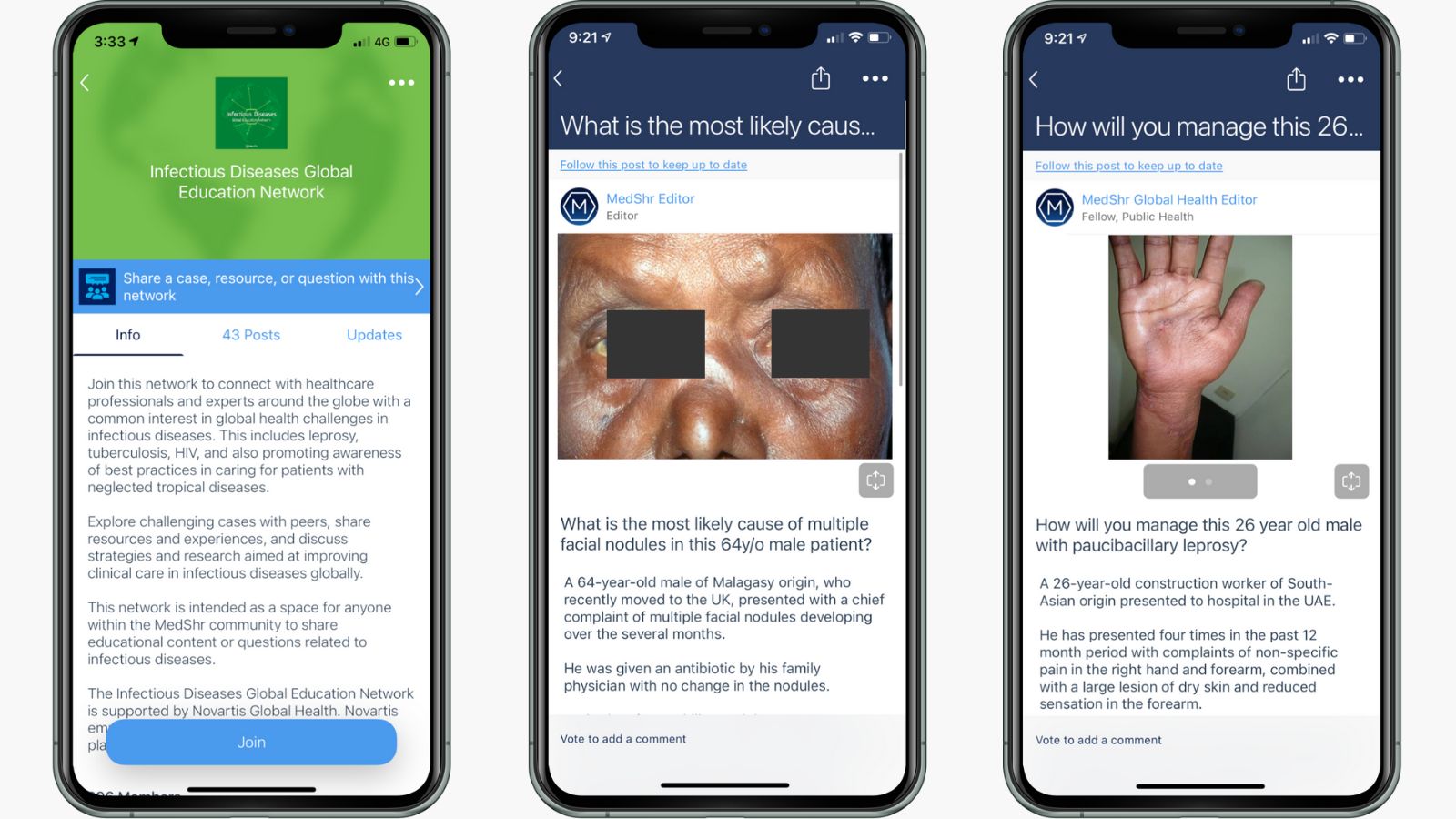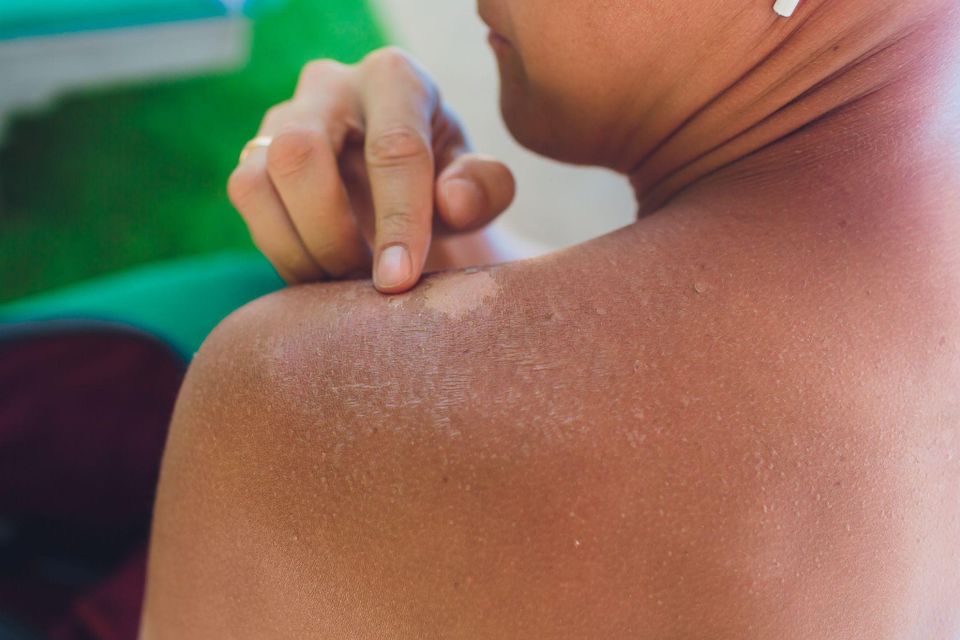World Leprosy Day 2022

World Leprosy Day 2022: MedShr is connecting healthcare professionals globally to share experiences, spread awareness, and end Leprosy
World Leprosy Day is on the 30th of January. Despite the continued reduction in cases and a better understanding of the disease, Leprosy continues to affect the lives of hundreds of thousands of people worldwide. Leprosy is a chronic infectious disease which if left untreated, can lead to life-changing disabilities and have a huge impact on the individual’s quality of life. For many years, people with the disease were isolated and ostracised due to a lack of understanding of the disease. Today, there is an effective treatment and leprosy can be cured.
Eliminating Leprosy Worldwide
Each year, around 200,000 people are diagnosed with leprosy. Through improved recognition, diagnosis, and treatment of leprosy, over the past 30 years, there has been a 99% reduction in leprosy cases, highlighting a clear opportunity to eradicate leprosy completely. The Global Partnership for Zero Leprosy (GPZL) is a coalition of individuals and organizations committed to ending leprosy. It builds on existing collaborative networks within the leprosy community to support leprosy programmes with new tools and approaches.
For more than 30 years, Novartis and the Novartis Foundation have been working with partners around the world to eliminate leprosy. According to the World Health Organization (WHO), Novartis MDT donations have helped to treat more than 7.3 million patients since 2000. In addition to supporting organisations such as the GPZL, The Novartis Foundation is working with Microsoft AI4Health and the Oswaldo Cruz Foundation (Fiocruz) in Brazil on the AI4Leprosy initiative, which aims to develop a screening assistance tool using artificial intelligence (AI) to accelerate leprosy diagnosis.
Novartis is also supporting MedShr, a global app and platform for doctors and healthcare professionals, to provide education across a range of infectious diseases, including leprosy. Now with over 1.8M doctors and HCPs, Medshr allows HCPs to share and discuss clinical images and cases for peer-to-peer learning and education. The aim of the MedShr leprosy education program is to increase understanding and awareness of leprosy. MedShr is committed to zero leprosy and supports the principles, objectives, and activities of the Global Partnership for Zero Leprosy.

If you’re a doctor or HCP, you can join MedShr’s Infectious Diseases Global Education Network (medshr.it/infectiousdiseases) for free to learn more about leprosy and share and discuss your own experiences. MedShr also offers free, fast-tracked, registration for medical schools, hospitals, and medical societies. This includes providing private groups for HCPs. Please contact globalhealth@medshr.net to find out more and to make arrangements. You can find out more about leprosy here or read further information below.
What is leprosy and when should you suspect it?
Leprosy is a chronic infectious disease caused by the bacteria Mycobacterium leprae. The disease can affect the skin, mucous membranes, eyes, and some of the peripheral nerves. These are primarily the nerves of the hands, feet, and eyes, and some of the nerves in the skin. In severe, untreated cases, loss of sensation, muscle paralysis of hands and feet, disfigurement, and blindness may occur.

Any patient developing a painless skin discolouration that is either pale or red could be showing early signs of leprosy
Other symptoms include:
○ Numbness of affected skin
○ Muscle weakness or paralysis
○ Eye problems (these present later in the disease)
Leprosy should be a consideration if your patient has any of these symptoms and they live in an endemic area or someone in their family or close contacts has been diagnosed with leprosy.
How do you treat leprosy?
Multidrug therapy (MDT) has been a major breakthrough in the treatment of leprosy and its improved availability has significantly reduced the global disease burden over the past three decades.
The WHO guidelines recommend a combination of Dapsone, Rifampicin, and Clofazimine. This treatment lasts 6 to 12 months depending on the subtype of leprosy (paucibacillary or multibacillary cases). Since its introduction, more than 16 million leprosy patients have been treated with MDT.
We have the tools and treatment to eliminate leprosy. Through building robust partnerships between organisations, and promoting grassroots education and awareness strategies we believe the goal of eliminating leprosy is within reach.

ABOUT MEDSHR
Now connecting over 1.8 million healthcare professionals worldwide, MedShr provides a unique digital channel for medical professionals to share their knowledge and skills, discuss complex and challenging cases, and learn from one another.
MedShr is available to download free for iOS and Android from the App Store and Google Play. Access to the platform is limited to verified doctors and registered healthcare professionals.
Loading Author...
Sign in or Register to comment